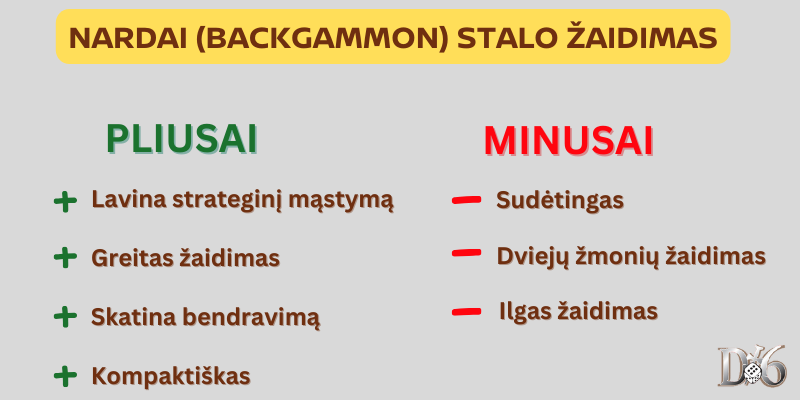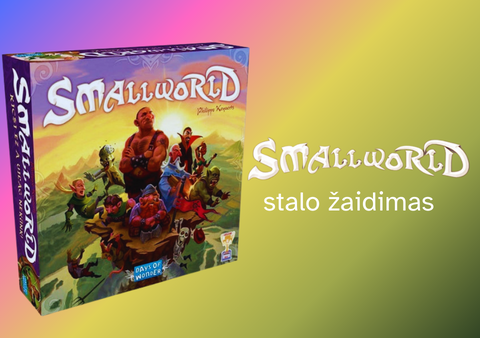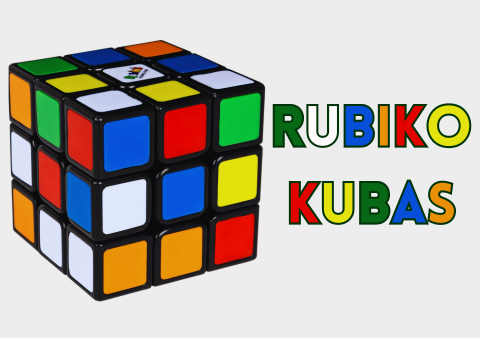The timeless board game Backgammon, also known as Backgammon, has fascinated many players for centuries. Thanks to its popularity, its luck, its combination of skills and its rich history, this board game has become a gaming classic.
In this article, we will look at the basics of the board game, how the game is played, the rules and the pros and cons of the game.
Backgammon game - key facts
- Created: the exact date of origin is not precisely known.
- Type: Classic
- Number of players: 2
- Duration: 10 - 30 minutes
- Difficulty: medium.
- Player age: unlimited.
- The aim is to get all your checkers out of the game in time and prevent your opponent from doing so first.
- The way the game is played depends on the dice rolls and the strategy of how the checkers are moved.
- The first player to get all his checkers out wins.
- The scoring can be increased with a doubling die.
- The game requires strategy, tactics and care.
- It has historical value and many enthusiasts around the world.
Pluses:
✅Trains strategic thinking.
✅Fast game.
✅Encourages communication.
✅Compact.
Minuses:
❌Complex.
❌Two people game.
❌Long game.
How to play backgammon - rules
- Each player has 15 checkers to place on the board according to the given diagram. The colours of the chips must be different.
- Each player rolls two of their dice to determine who starts the game. If both players roll the same number, they roll the dice again. The player who rolls the higher amount starts.
- During the game, each player rolls his own pair of dice and moves his checkers according to the numbers shown on the dice. The dice can only be moved to vacant spaces or to spaces where there is only one opponent's checker. If there are two or more opponent's checkers in that space, you may not move your checkers there.
- If a player rolls a double number (i.e. both dice show the same number), the player can move the four checkers as many times as the dice show. For example, if he rolls a 5 and a 5, he can move the four checkers in five moves.
- If a player cannot move any of his checkers according to the numbers shown on the dice, he must miss his turn.
- It is important to get all your checkers off the board before your opponent. To do this, you must first get all your checkers into the square of your board (i.e. the last four spaces before the exit).

- You can then start removing the checkers from the board based on the number of dice rolled. If the dice show more than the number of dice needed to remove the last checker, any other checker in your home square can be removed.
- If your opponent blocks one of your checkers (i.e. your checker is in a space where there is only one of your opponent's checkers), you must return it to its original position and start moving again.
- You cannot remove your checkers from the board until you have transferred all your checkers, including the blocked ones, back to your home square.
- The first player to get all his checkers off the board wins the game.

Backgammon - preparation
This backgammon board game is played on a board divided into four squares, with each player having a space.
- Players agree or roll the dice on which colour belongs to whom. Usually the player who rolls first, or the player who rolls the higher total number of dice first, gets the white pieces.
- Players arrange their pieces on the board according to the given diagram.
- Players roll the dice and start their turns.

Game strategy
The strategy of the Backgammon board game is complex and can vary depending on the player's situation. However, there are some common strategies that can help players win.
- Concentrate on the checker movement: The most important thing in Backgammon is to move the checkers in a purposeful way. Players who concentrate on moving their pieces win the game.

- Prevent blocking your checkers: The player should try to ensure that no one blocks the pieces. Blocked checkers cannot move and are therefore useless to the player.
- Block and Strike: The game is all about strategic blocking and striking. It is possible to stand on one of the opponent's checkers to block it and make the opponent miss a move.
- Be patient and seize opportunities: Backgammon is a complex game. Players should be patient and use all possible moves to win the game.

Scoring
Scoring depends on how the game ends. Normally, a backgammon game is worth 1 point, but if a player draws all his checkers and his opponent has not yet drawn a single checker in his home section, it is called a "Gammon" and is worth 2 points.
If the opponent still has checkers on the board or in the opposite section, it is called "Backgammon" and scores 3 points.
Players can increase the scoring by using the doubling dice. This is a special dice with the numbers 2, 4, 8, 16, 32 and 64. At the start of the game, the doubling die is placed in the middle and any player can offer to double the scoring if they feel they have an advantage over their opponent.
If his opponent agrees to double, he takes possession of the doubling die and becomes the owner. This means that only he can offer to double the scoring again later. If the opponent refuses to double, he loses the turn and loses the points from the previous count.
Backgammon game pluses
- Develops strategic thinking: Plan your moves, anticipate your opponent's actions and adapt to changing game conditions. Players need to make tactical decisions on when to block the opponent in a targeted manner.

- Quick game: Games can be relatively short, making Backgammon ideal for fast-paced play.
- Promotes communication: Backgammon is played between two people, so it is a great opportunity for socialising.
- Compact: The board game is designed in such a way that the folding board with dice and checkers can be easily transported. This makes the game a great choice for travelling or picnics.
Game cons
- Complex: Winning the game requires a lot of experience and skill. It may not be suitable for people who are new to the game.
- A two-person game: The board game is mainly played by two players, so Backgammon is not suitable for larger gatherings. However, if you don't have a friend or family member who enjoys the game, it can be difficult to find a suitable opponent.
- The long game: If players are risk-averse and want to avoid risky moves, this can slow the game down considerably. A single game can last up to an hour. This may not be a suitable game for people who are pressed for time.
Board game set
- A board with 24 cells divided into four areas of six cells each.
- 30 backgammon (15 white and 15 black).
- 4 basic player dice.
- Double dice.
- Rules.
Backgammon game recap
In summary, Backgammon is a timeless board game classic that combines skill, strategy and luck in an attractive and accessible way.
Although the dice used in this game may introduce an element of chance, the game may require strategic decisions.
Whether you're a seasoned pro or a newcomer, this game offers a rewarding gaming experience, and the rich content of this floor game History and tactical depth fascinate players around the world.
Backgammon is a real challenge for those looking for intelligent entertainment with deep strategy capabilities in a board game.
How many players can play Backgammon❓
This board game is designed for 2 people.
What is the duration of the game❓
The game lasts 10 - 30 minutes.
What's in a Backgammon board game set❓
Backgammon rules, a board with 24 squares divided into four areas of six squares each, 30 checkers (15 white and 15 black), 2 dice.
Is Backgammon as hard as chess❓
This game is moderately difficult, but it is different from chess and is considered less difficult.
What is the purpose of Backgammon❓
The object of the game is to get all your checkers off the board first, before your opponent does.





